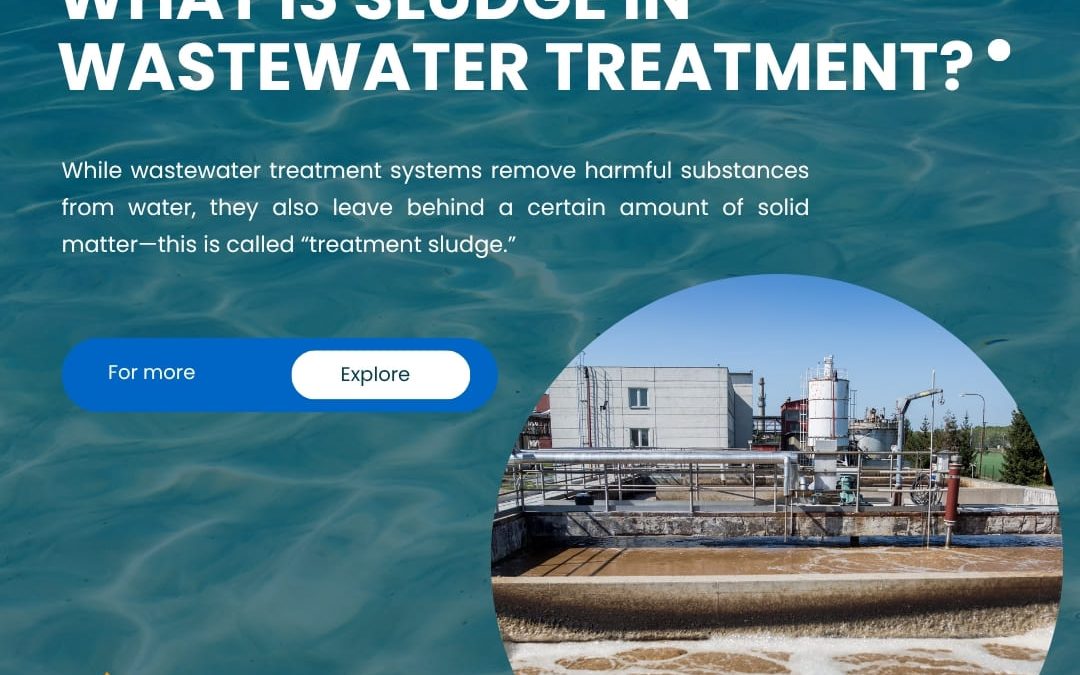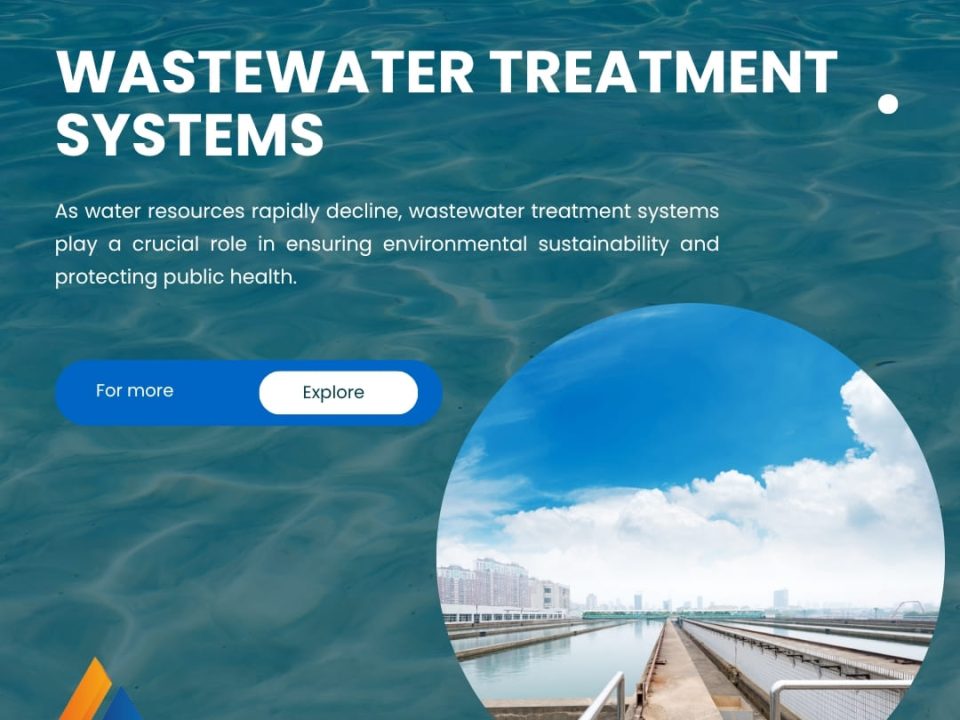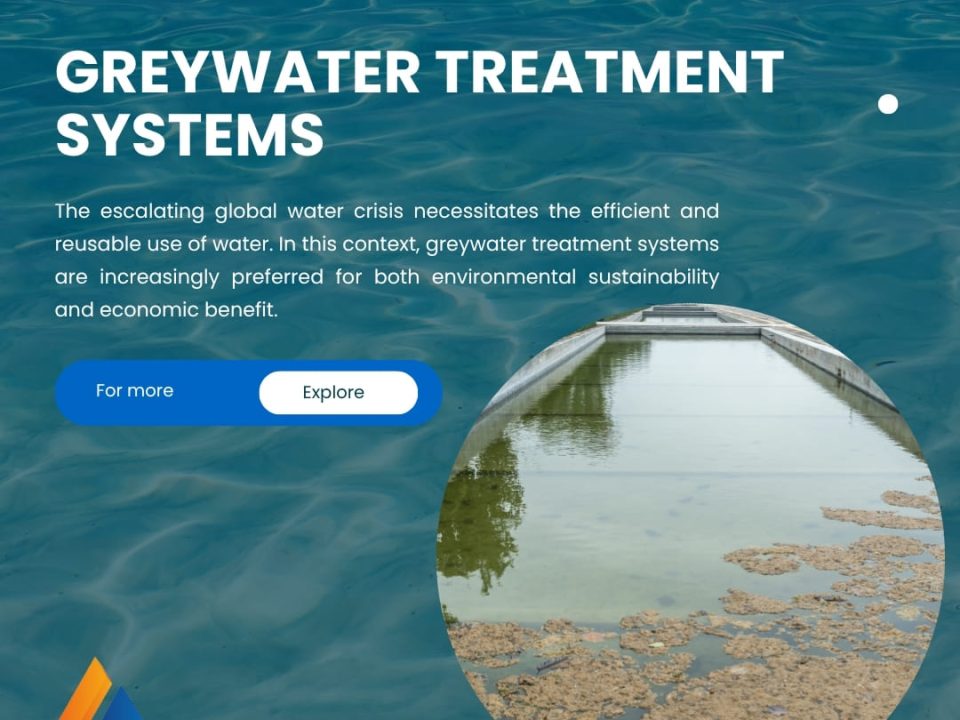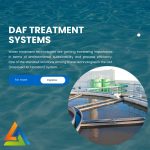
DAF Treatment Systems
Temmuz 8, 2025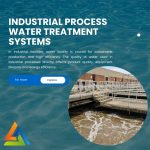
Industrial Process Water Treatment Systems
Temmuz 8, 2025While wastewater treatment systems remove harmful substances from water, they also leave behind a certain amount of solid matter—this is called “treatment sludge.” As a by-product of the treatment process, sludge can pose environmental risks if not managed properly. Therefore, collection, processing, stabilization, and final disposal of sludge are integral parts of treatment plant operations.
Yeditepe Treatment & Equipment not only installs treatment systems but also provides integrated solutions to ensure sludge is safely disposed of without harming the environment.
How Is Sludge Formed?
Sludge is generated during the physical, chemical, and biological treatment of wastewater. Common sources include:
- Primary sludge from sedimentation tanks
- Activated sludge from biological reactors
- Chemical sludge from chemical treatment processes
This sludge typically has high water content, large volume, and contains easily degradable organic matter.
Types of Treatment Sludge
- Primary Sludge: Collected during physical treatment (screens, sedimentation). Generally high in organic content.
- Secondary (Biological) Sludge: Formed by microbial growth during biological treatment. Contains more water.
- Chemical Sludge: Produced during coagulation and flocculation processes.
- Stabilized Sludge: Dewatered and biologically stabilized to prevent further degradation.
Can Sludge Be Reused?
Although it may seem like waste at first glance, sludge can be repurposed—such as fertilizer, biogas, or even construction additive—if processed appropriately. However, its reuse is limited by the presence of heavy metals, pathogens, and other contaminants.
How Is Sludge Managed?
To dispose of sludge in an environmentally safe way, the following steps are typically applied:
- Thickening: Reducing water content to minimize sludge volume.
- Stabilization: Reducing biological activity (e.g., anaerobic digestion).
- Dewatering: Using presses or centrifuges to dry the sludge.
- Drying & Incineration: If needed, sludge can be burned to recover energy.
- Storage & Disposal: Final disposal in compliance with environmental regulations.
Relationship Between DAF Systems and Sludge
DAF (Dissolved Air Flotation) systems use pressurized air to separate suspended solids and oils by floating them to the surface. The resulting foam-like layer is a form of sludge. This sludge typically has high oil content and requires special disposal processes.
Why Is Proper Sludge Disposal Important?
Poor sludge management can lead to:
- Contamination of surface and groundwater
- Odors and insect problems
- Health risks due to pathogens and heavy metals
Therefore, sludge must be managed in accordance with environmental regulations. Yeditepe Treatment provides not only system installation but also engineering support for sludge disposal.
High-Performance Treatment and Sludge Minimization
Systems offered by Yeditepe Treatment & Equipment feature:
- Lower sludge generation
- Easy control through automation-assisted operation
- Integrated solutions for stabilization and dewatering
Although sludge is a natural by-product of wastewater treatment, it can be managed sustainably to avoid environmental harm. Yeditepe Treatment & Equipment offers both system setup and sludge disposal solutions that are economical and sustainable.

